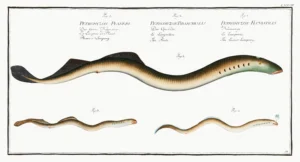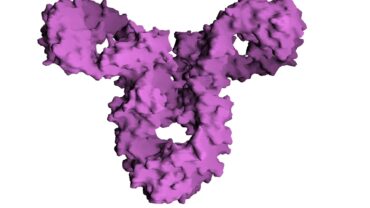Agnatha
Agnatha is a superclass family of jawless vertebrate fish. That probably originated during the late Precambrian or early Cambrian. This superclass is the source of the oldest vertebrate fossils. Dating some 465 million years ago during the Paleozoic era. Early agnathan (s) or agnatha, such as the now extinct ostracoderms, were encased in bony plates. While most were small, no larger than 20 in.. They lacked paired fins and had circular mouths or slits with no jaws, although there were exceptions that had paired fins. Agnathans were most likely bottomdwelling mud suckers or suspension feeders, taking in food through the mouth and then trapped in the gill, which also functioned as the area for gas exchange.
only about 60 species comprising two classes of agnathans exist today, while the rest declined and disappeared during the Devonian period. Two classes, the Myxini (hagfishes) and Cephalaspidormorphi (lampreys), are all that remain.
Both hagfishes and lampreys lack paired appendages and lack body armor. Hagfishes are scavengers, living only in salt water and feeding on dead fish or marine worms, and lack a larval stage. Lampreys use their round mouth and a rasping tongue to latch on the side of a fish, penetrate the skin, and ingest its blood. As larvae, they live in freshwater streams. And migrate to the sea and lakes when they become adults. Some species only feed while in the larval stage, reproduce, and die. The agnathans are considered the most primitive living vertebrates known today.





